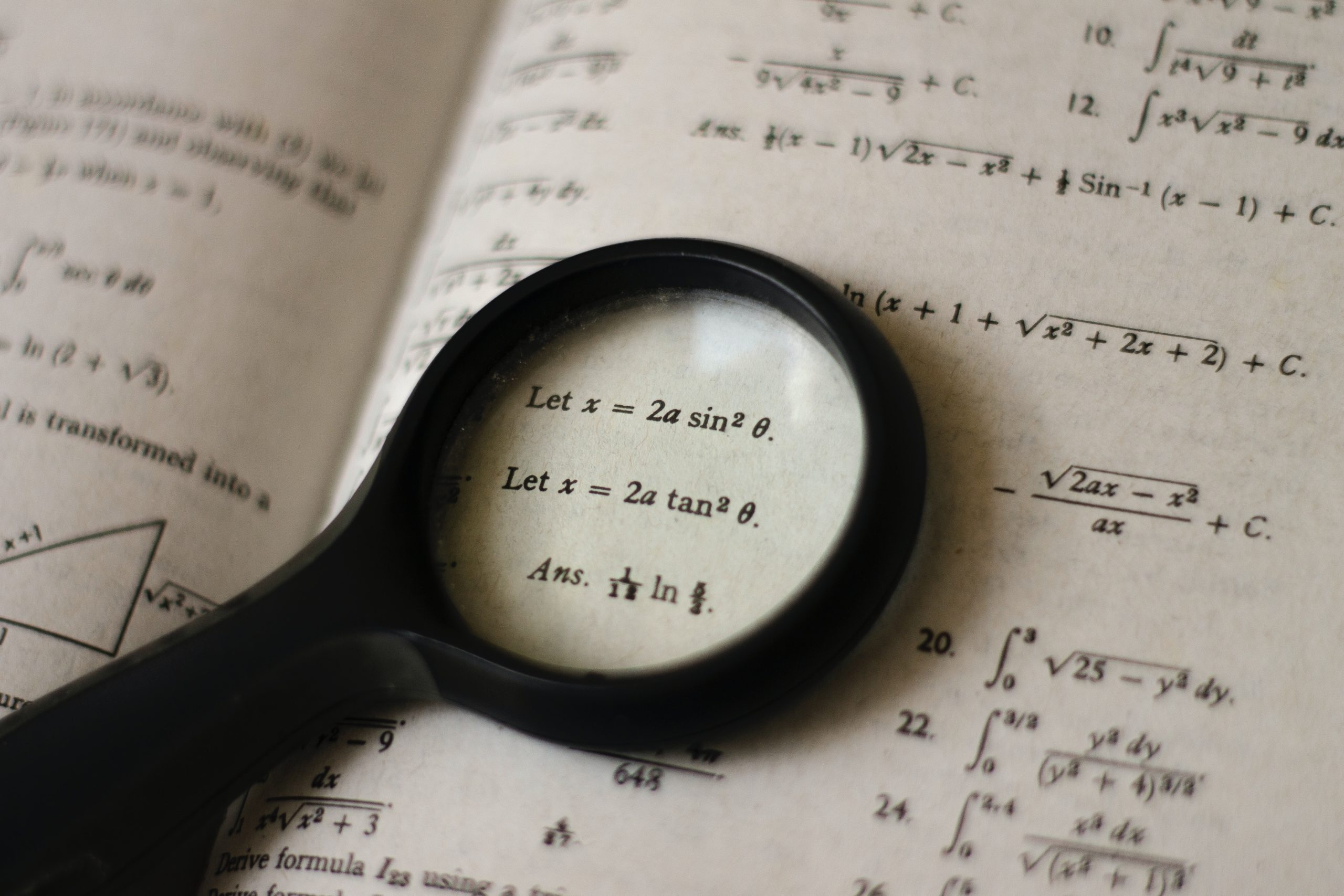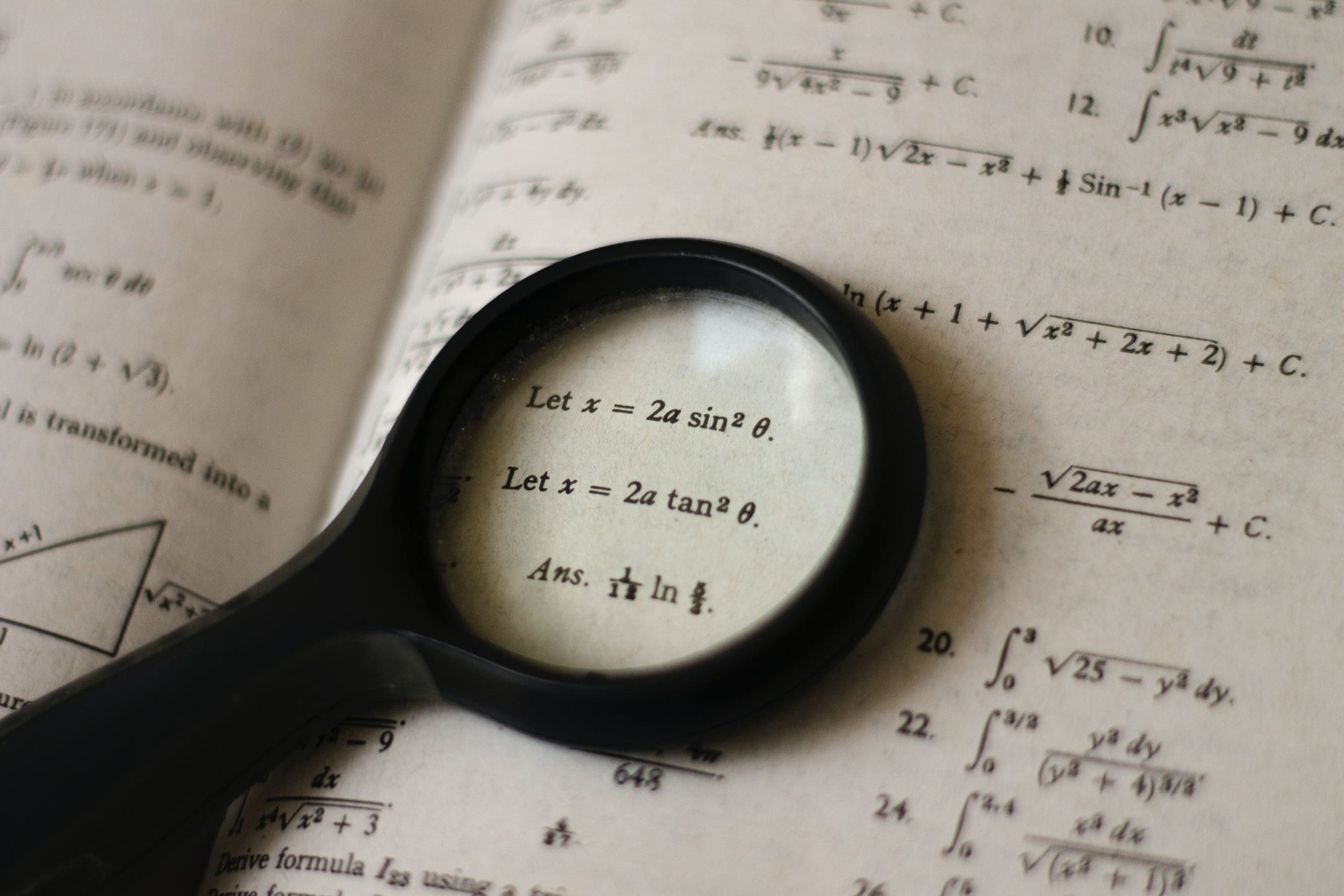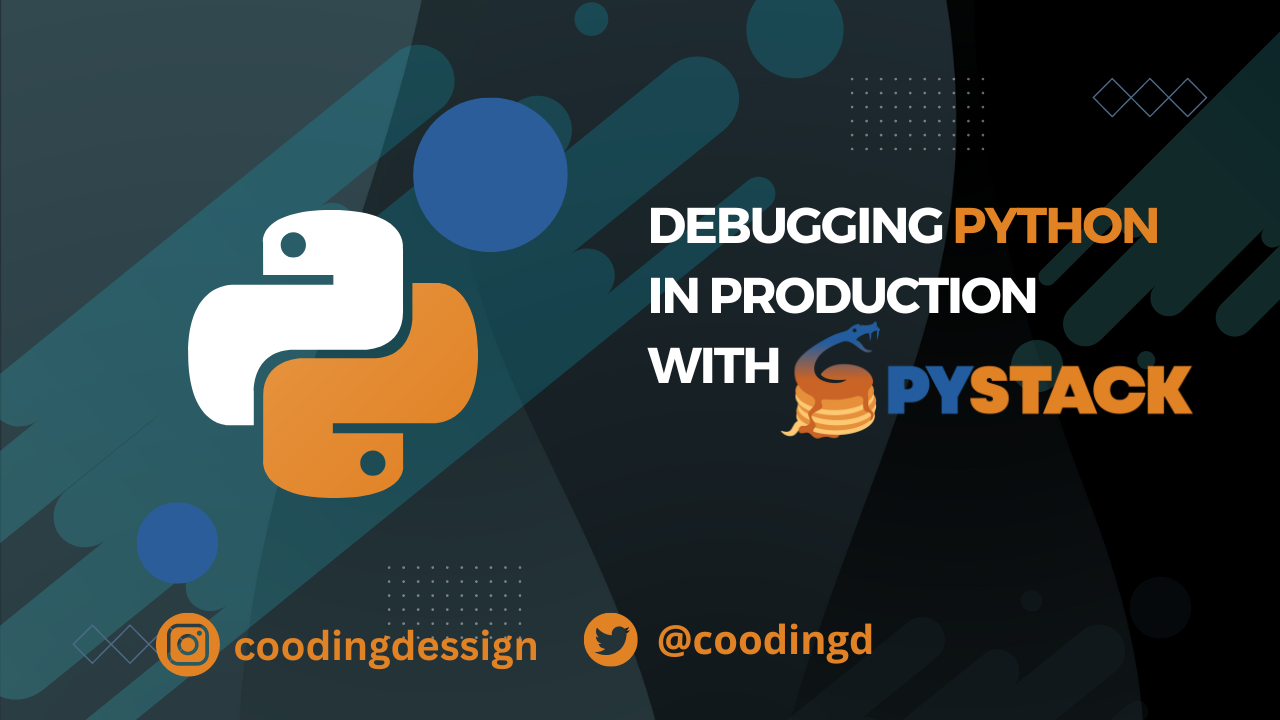import datetime
import tensorflow as tf
import matplotlib.pyplot as plt
import numpy as np
import numba
def tSNE(X, ndims=2, perplexity=30, seed=0, max_iter=500, stop_lying_iter=100, mom_switch_iter=400):
"""The t-SNE algorithm
Args:
X: the high-dimensional coordinates
ndims: number of dimensions in output domain
Returns:
Points of X in low dimension
"""
momentum = 0.5
final_momentum = 0.8
eta = 200.0
N, _D = X.shape
np.random.seed(seed)
# normalize input
X -= X.mean(axis=0) # zero mean
X /= np.abs(X).max() # min-max scaled
# compute input similarity for exact t-SNE
P = computeGaussianPerplexity(X, perplexity)
# symmetrize and normalize input similarities
P = P + P.T
P /= P.sum()
# lie about the P-values
P *= 12.0
# initialize solution
Y = np.random.randn(N, ndims) * 0.0001
# perform main training loop
gains = np.ones_like(Y)
uY = np.zeros_like(Y)
for i in range(max_iter):
# compute gradient, update gains
dY = computeExactGradient(P, Y)
gains = np.where(np.sign(dY) != np.sign(uY), gains+0.2, gains*0.8).clip(0.1)
# gradient update with momentum and gains
uY = momentum * uY - eta * gains * dY
Y = Y + uY
# make the solution zero-mean
Y -= Y.mean(axis=0)
# Stop lying about the P-values after a while, and switch momentum
if i == stop_lying_iter:
P /= 12.0
if i == mom_switch_iter:
momentum = final_momentum
# print progress
if (i % 50) == 0:
C = evaluateError(P, Y)
now = datetime.datetime.now()
print(f"{now} - Iteration {i}: Error = {C}")
return Y
@numba.jit(nopython=True)
def computeExactGradient(P, Y):
"""Gradient of t-SNE cost function
Args:
P: similarity matrix
Y: low-dimensional coordinates
Returns:
dY, a numpy array of shape (N,D)
"""
N, _D = Y.shape
# compute squared Euclidean distance matrix of Y, the Q matrix, and the normalization sum
DD = computeSquaredEuclideanDistance(Y)
Q = 1/(1+DD)
sum_Q = Q.sum()
# compute gradient
mult = (P - (Q/sum_Q)) * Q
dY = np.zeros_like(Y)
for n in range(N):
for m in range(N):
if n==m: continue
dY[n] += (Y[n] - Y[m]) * mult[n,m]
return dY
@numba.jit(nopython=True)
def evaluateError(P, Y):
"""Evaluate t-SNE cost function
Args:
P: similarity matrix
Y: low-dimensional coordinates
Returns:
Total t-SNE error C
"""
DD = computeSquaredEuclideanDistance(Y)
# Compute Q-matrix and normalization sum
Q = 1/(1+DD)
np.fill_diagonal(Q, np.finfo(np.float32).eps)
Q /= Q.sum()
# Sum t-SNE error: sum P log(P/Q)
error = P * np.log( (P + np.finfo(np.float32).eps) / (Q + np.finfo(np.float32).eps) )
return error.sum()
@numba.jit(nopython=True)
def computeGaussianPerplexity(X, perplexity):
"""Compute Gaussian Perplexity
Args:
X: numpy array of shape (N,D)
perplexity: double
Returns:
Similarity matrix P
"""
# Compute the squared Euclidean distance matrix
N, _D = X.shape
DD = computeSquaredEuclideanDistance(X)
# Compute the Gaussian kernel row by row
P = np.zeros_like(DD)
for n in range(N):
found = False
beta = 1.0
min_beta = -np.inf
max_beta = np.inf
tol = 1e-5
# iterate until we get a good perplexity
n_iter = 0
while not found and n_iter < 200:
# compute Gaussian kernel row
P[n] = np.exp(-beta * DD[n])
P[n,n] = np.finfo(np.float32).eps
# compute entropy of current row
# Gaussians to be row-normalized to make it a probability
# then H = sum_i -P[i] log(P[i])
# = sum_i -P[i] (-beta * DD[n] - log(sum_P))
# = sum_i P[i] * beta * DD[n] + log(sum_P)
sum_P = P[n].sum()
H = beta * (DD[n] @ P[n]) / sum_P + np.log(sum_P)
# Evaluate if entropy within tolerance level
Hdiff = H - np.log2(perplexity)
if -tol < Hdiff < tol:
found = True
break
if Hdiff > 0:
min_beta = beta
if max_beta in (np.inf, -np.inf):
beta *= 2
else:
beta = (beta + max_beta) / 2
else:
max_beta = beta
if min_beta in (np.inf, -np.inf):
beta /= 2
else:
beta = (beta + min_beta) / 2
n_iter += 1
# normalize this row
P[n] /= P[n].sum()
assert not np.isnan(P).any()
return P
@numba.jit(nopython=True)
def computeSquaredEuclideanDistance(X):
"""Compute squared distance
Args:
X: numpy array of shape (N,D)
Returns:
numpy array of shape (N,N) of squared distances
"""
N, _D = X.shape
DD = np.zeros((N,N))
for i in range(N-1):
for j in range(i+1, N):
diff = X[i] - X[j]
DD[j][i] = DD[i][j] = diff @ diff
return DD
(X_train, y_train), (X_test, y_test) = tf.keras.datasets.mnist.load_data()
# pick 1000 samples from the dataset
rows = np.random.choice(X_test.shape[0], 1000, replace=False)
X_data = X_train[rows].reshape(1000, -1).astype("float")
X_label = y_train[rows]
# run t-SNE to transform into 2D and visualize in scatter plot
Y = tSNE(X_data, 2, 30, 0, 500, 100, 400)
plt.figure(figsize=(8,8))
plt.scatter(Y[:,0], Y[:,1], c=X_label)
plt.show()







